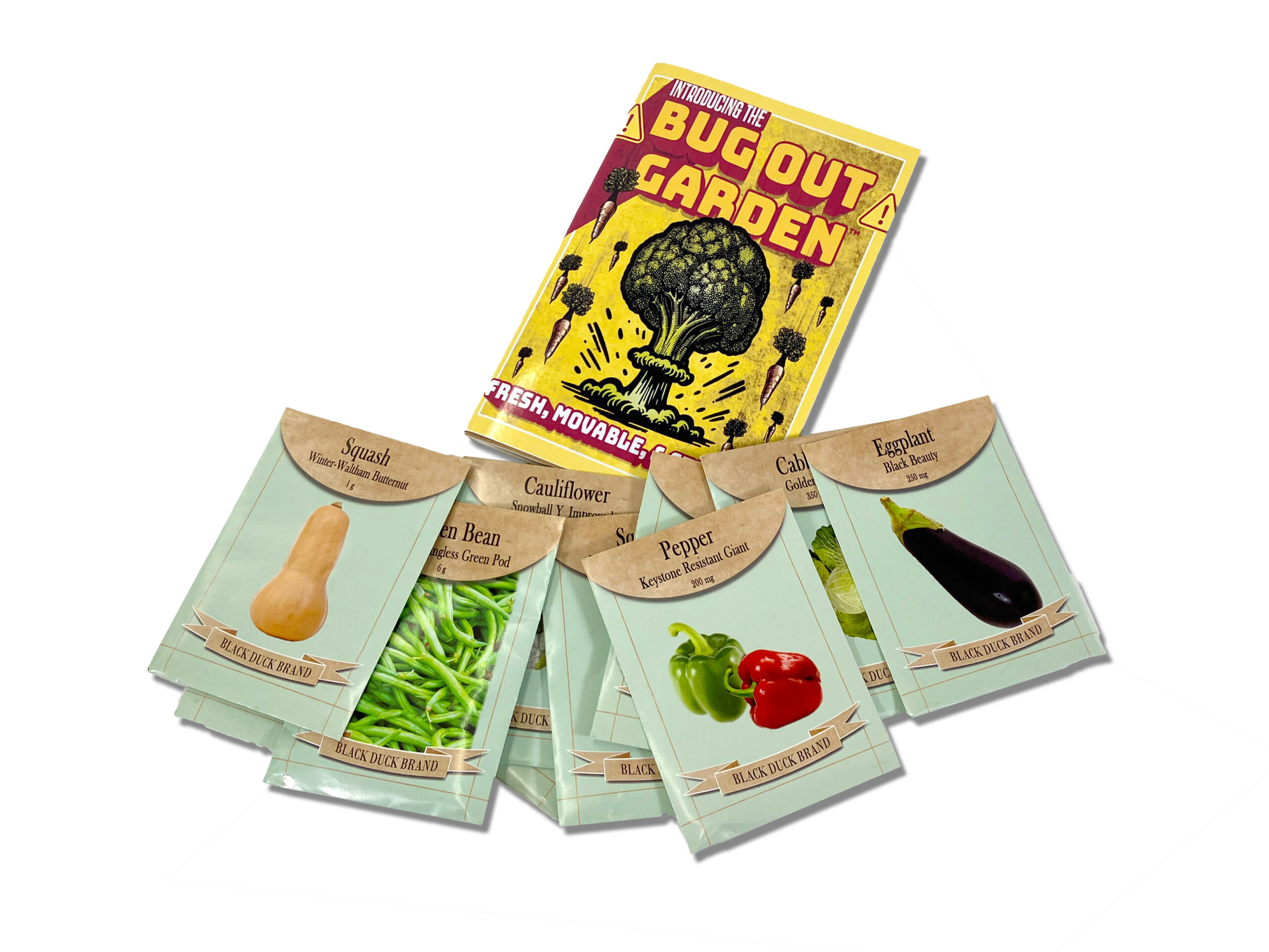11.1 Advanced Techniques: Vertical Growing

11.1 Advanced Techniques: Vertical Growing
Maximizing limited garden space requires innovative approaches, and vertical grow bag gardening offers an exceptionally flexible solution for urban and compact environments. By creating a stepped or tiered system, gardeners can transform seemingly unusable vertical surfaces into productive growing areas. The key is to design a sturdy, multi-level support structure – typically constructed from wood, metal pipes, or heavy-duty shelving – that can securely hold grow bags at various heights and angles. Consider using a framework with adjustable brackets or a custom-built wooden stand that allows bags to be positioned at slight forward-tilting angles, ensuring optimal sun exposure and drainage while creating a cascading garden effect that looks as impressive as it is functional.
The strategic placement of grow bags in a vertical configuration requires careful planning to ensure each plant receives adequate light, water, and nutrients. Recommend using a drip irrigation system that can be easily connected to multiple bags, allowing for consistent moisture distribution across all levels. Lighter, more compact plants like herbs, leafy greens, and determinate tomato varieties work best in higher, smaller bags, while root vegetables and more substantial crops can occupy lower, larger bags. Include additional support features like trellises or vertical strings for climbing plants, and consider the weight-bearing capacity of your support structure. By thoughtfully arranging grow bags with different sizes and orientations, gardeners can create a living wall of edible plants that not only maximizes space but also transforms vertical surfaces into highly productive growing environments.

